What you need to know about Type 1 Diabetes
What you need to know about Type 1 Diabetes
Type 1 diabetes is a chronic illness that lasts a lifetime. Blood sugar levels remain high unless a person takes medication to control them because the body does not make enough insulin.
Understanding Type 1 Diabetes
According to research 1, by 2030, 5.5 million people in the United Kingdom will have diabetes. Type 2 diabetes affects approximately 90% of diabetics. Type 1 diabetes affects approximately 8% of people with diabetes. Rarer kinds of diabetes affect about 2% of people with diabetes.
Type 1 diabetes has no known cure. People can control their disease and live a full and active life with medical assistance.
We’ll look at the reasons, how to treat it, and how to spot the symptoms in this post.
What are the signs and
symptoms of type 1 diabetes?
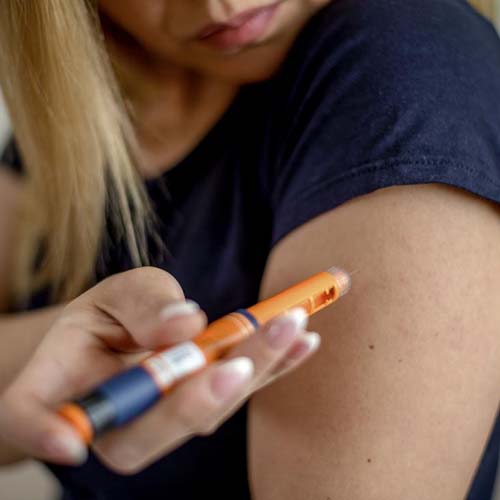
What are the signs and symptoms of type 1 diabetes?
Type 1 diabetes symptoms usually occur over a few days to weeks. They are as follows:
- Increased thirst and hunger
- Frequent urination
- Eyesight problems
- Tiredness and fatigue
- Weight loss without an apparent trigger or cause
Anyone experiencing these symptoms should seek medical attention right away.
The initial signs of diabetic ketoacidosis will appear in one out of every three youngsters 2, This is a potentially fatal disorder in which the body produces too many ketones, resulting in acidosis. It necessitates medical attention right away.
Despite the fact that many of the symptoms of type 1 and type 2 diabetes are identical, they manifest in quite distinct ways.
Many patients with type 2 diabetes don’t show signs or symptoms for years, and their symptoms often progress slowly over time. Some persons with type 2 diabetes have no symptoms at all and don’t realise they have the disease until it causes difficulties.
Type 1 diabetes symptoms appear quickly, usually over a period of several weeks. This kind of diabetes, formerly known as juvenile diabetes, usually develops during childhood or adolescence. It is possible, however, to develop type 1 diabetes later in life.
Among the signs and symptoms are:
- On the breath, there is a fruity aroma
- Skin that is dry or flushed
- Vomiting or nausea
- Stomach ache
- Breathing problems
- Confusion and inability to concentrate
A variety of problems might develop over time, leading to a variety of different symptoms.
The honeymoon period
For a while after a diagnosis, a person’s body may continue to generate insulin.
Their insulin levels may change throughout this period. To maintain healthy blood glucose levels, they may require fewer insulin shots – this is known as the honeymoon phase by doctors.
It may appear that the person’s condition is improving while their insulin doses are changed. This isn’t likely to be the case, though.
During this time, people should continue to work with their healthcare team and adhere to the suggested treatment plan.
Learn more about diabetes’ honeymoon period.
Complications
Type 1 diabetes can be managed to lessen the risk of complications.
These are some of them:
- Diabetic retinopathy, which can lead to vision loss
- Diabetic neuropathy, which affects nerve function
- Problems with wound healing, especially as nerve problems can make it harder to notice wounds
- Diabetic nephropathy (kidney disease), can lead to kidney failure
- Cardiovascular disease, heart attack, stroke, and peripheral vascular disease
- Dental problems, including tooth loss and gum disease
- Mental health problems, such as depression
Complications can be reduced by sticking to the treatment plan.
What Causes
Type 1 Diabetes?
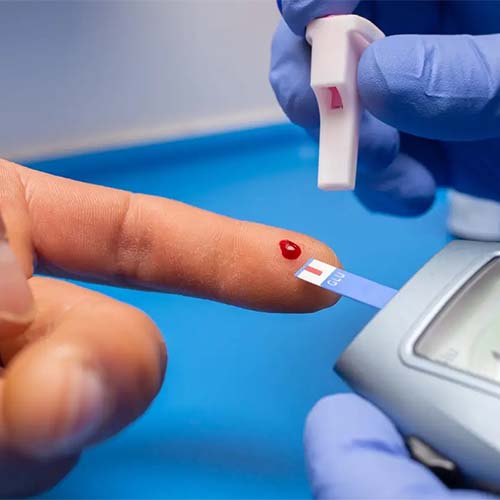
What Causes
Type 1 Diabetes?
Type 1 Diabetes is caused by the body’s inability to create enough insulin due to damage to beta cells in the pancreas. Insulin is a hormone that helps the body regulate blood glucose, often known as blood sugar.
An immune system reaction is the most common cause of type 1 diabetes. The body attacks its own insulin-producing beta cells in the pancreas as a result of this reaction. It usually strikes children and young people first, although it can strike anyone at any age.
Insulin allows glucose from food to enter the cells of the body and be converted into energy. If glucose is unable to enter these cells, too much sugar builds up in the blood, resulting in hyperglycemia. It will eventually cause damage throughout the body.
Find out more about
Furthermore, the person’s cells will be unable to work correctly due to a lack of glucose, which might result in fatigue and other problems.
Type 2 diabetes can be prevented by lifestyle choices, but type 1 diabetes cannot. There is presently no treatment for the disease, but there are techniques to manage it.
Find out more about the pancreas and diabetes in this article.
How is type 1 diabetes
diagnosed?
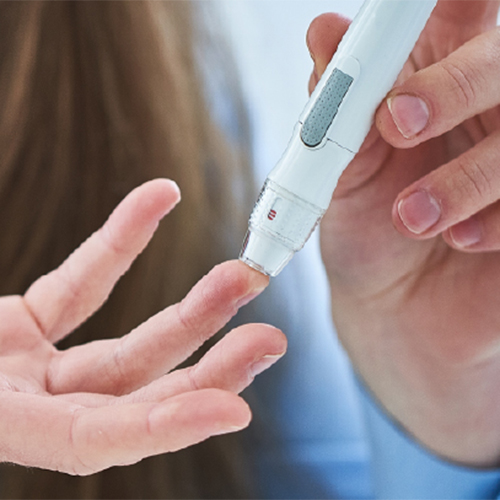
How is type 1 diabetes diagnosed?
A doctor will do blood testing if a person exhibits symptoms that could indicate type 1 diabetes.
Blood glucose levels at a certain moment can be determined with a random plasma glucose test. An A1C test can reveal how long blood glucose levels have been high by measuring them throughout the past three months.
These tests can detect the presence of diabetes, but more testing are required to determine if it is type 1 or type 2.
A blood test may be performed by healthcare providers to screen for autoantibodies, which are more common in persons with type 1 diabetes than type 2.
A doctor will do blood testing if a person exhibits symptoms that could indicate type 1 diabetes.
Blood glucose levels at a certain moment can be determined with a random plasma glucose test. An A1C test can reveal how long blood glucose levels have been high by measuring them throughout the past three months.
These tests can detect the presence of diabetes, but more testing is required to determine if it is type 1 or type 2.
A blood test may be performed by healthcare providers to screen for autoantibodies, which are more common in persons with type 1 diabetes than type 2.
Is type 1 diabetes dangerous?
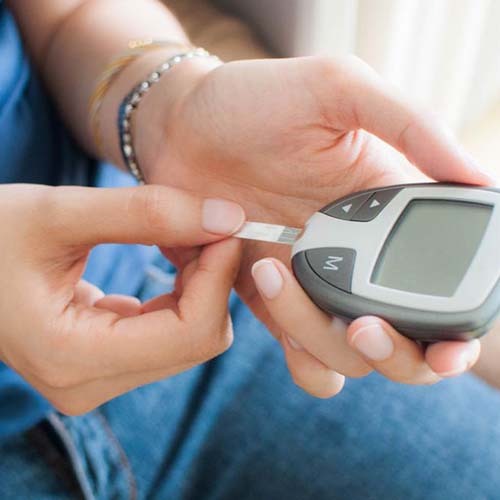
Is type 1 diabetes dangerous?
Untreated type 1 diabetes puts a person in danger of developing DKA, which can be fatal.
They run the danger of hypoglycemia, often known as low blood sugar if they take too much insulin. Among the signs and symptoms are 3:
- Confusion
- Fatigue
- Seizures
- Coma
- In some cases, death
A person with type 1 diabetes is more likely to have issues that impact the nervous system 4, cardiovascular health, and other body systems in the long run. Some of these are potentially fatal.
Seeking medical help and adhering to a treatment plan can help to lessen the risks associated with type 1 diabetes.
How is type 1
diabetes treated?
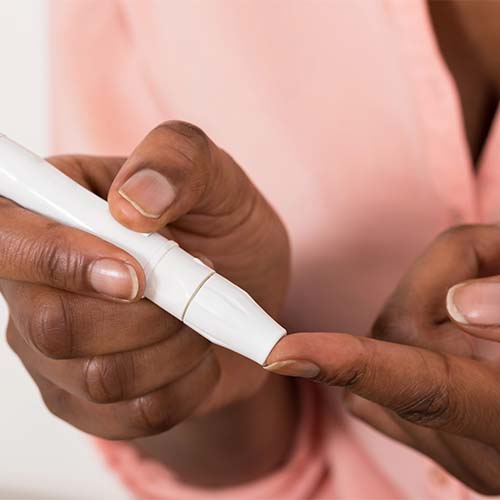
How is type 1 diabetes treated?
Insulin is the most common treatment for type 1 diabetes. It can be obtained by using the following methods:
- A needle and syringe
- An insulin pen
- An insulin pump
- If insulin does not fully control glucose levels, some people may need additional mediation, such as Pramlintide (Symlin), which helps manage glucose levels after eating.
A doctor will recommend the best course of action for each individual.
Find out more about the drugs used to treat type 1 diabetes.
Learn how Medicare can assist with type 1 diabetes therapy.
Outlook & Summary
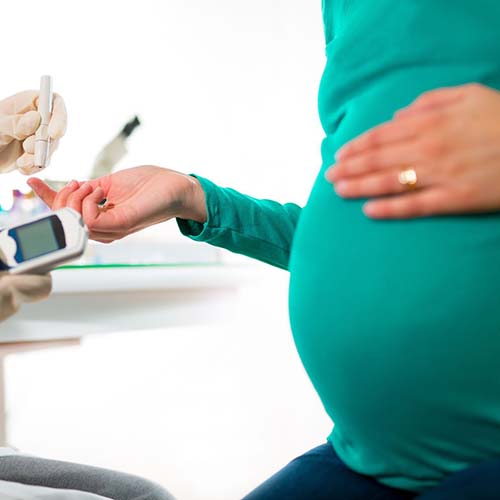
Outlook & Summary
A person with type 1 diabetes could only expect to live a few weeks or months 5 after the onset of symptoms prior to the discovery of insulin. Individuals with the illness can now live a full and active life with medical assistance, albeit their life expectancy may be shortened.
According to studies, people with type 1 diabetes live for an average of 12 years less than those who do not have the disease. This, however, will not be the case for everyone. A person’s risk of having specific complications can be influenced by genetic and other factors. They might have a say in how things turn out.
Neuropathy, often known as nerve damage, is a potentially life-threatening consequence of diabetes. After a diabetes diagnosis, symptoms usually peak 15–20 years later 6. According to some research, people who do not have neuropathy by this age have a better chance of living in their later years. As new information and treatment options become available, the outlook for type 1 diabetes is improving.
Summary
Type 1 diabetes is an autoimmune disease in which the immune system assaults and destroys insulin-producing cells in the pancreas. This can result in elevated blood sugar levels, which can have serious repercussions.
Frequent urination, increased hunger and thirst, and eyesight changes are all early indicators, but diabetic ketoacidosis can also be the initial sign. Complications can arise over time.
Insulin therapy is required for the management of diabetes and the prevention of complications. A person with type 1 diabetes can live a full and active life with treatment.


